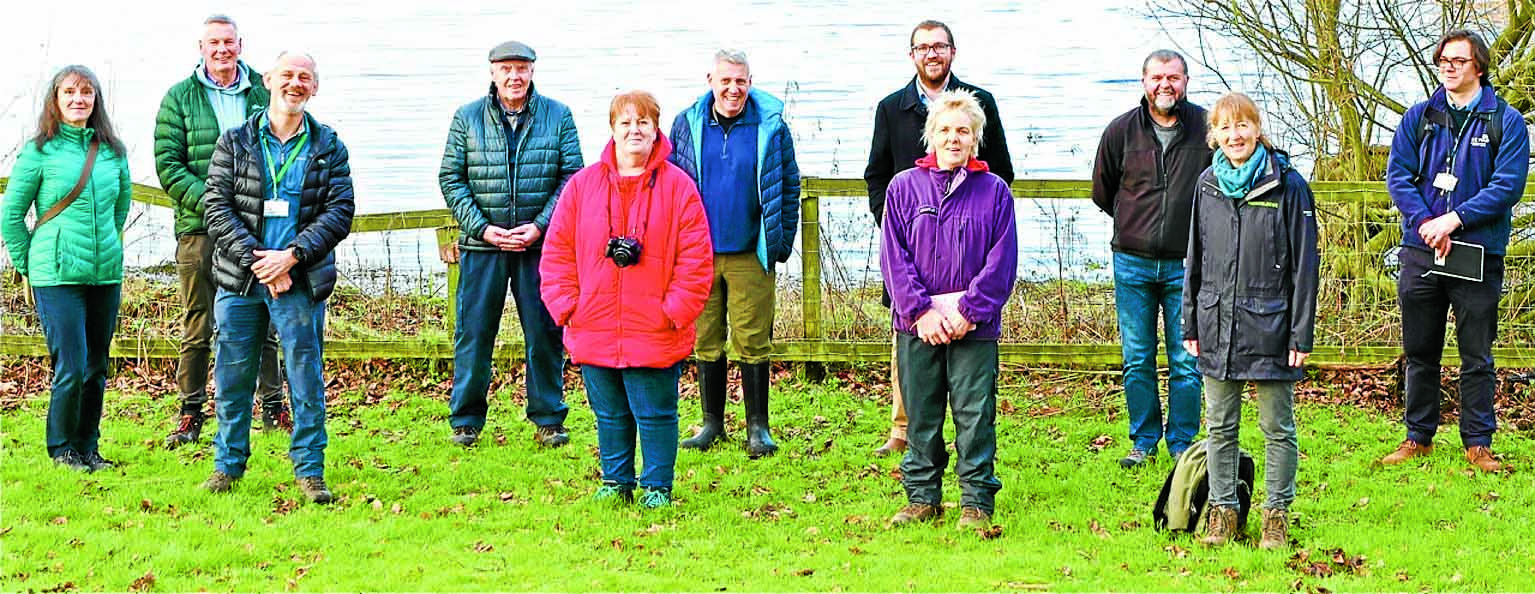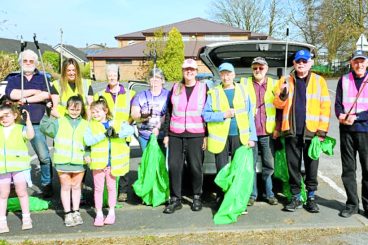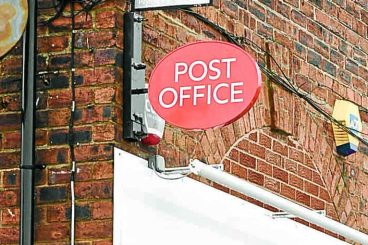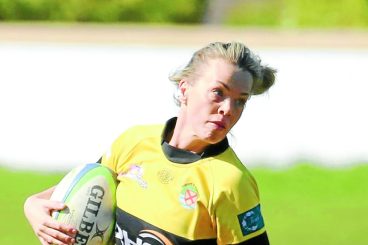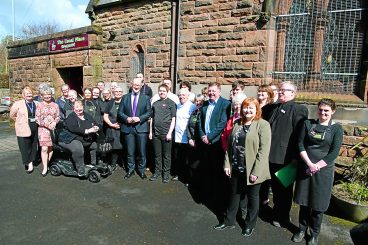Last week, a meeting was held on the banks of Mill Loch to discuss how the water quality can be improved, invasive plant species can be brought under control, and angling monitored in order to further protect the precious site.
Passionate locals Alison Rogerson and Jane Purdie spoke with emotion about the damage being inflicted upon Mill Loch, and their concerns were taken on board by representatives from Scottish Environment Protection Agency (SEPA), NatureScot, Dumfries and Galloway Council and an expert from Barony College, Parkgate.
The meeting was arranged by Dumfriesshire MSP Oliver Mundell, who has backed concerned locals in their campaign to restore the loch to its natural glory.
Afterwards, Alison said there were ‘positive vibes’ for a partnership to bring about change to the loch.
And she said their goals are also to educate local people and landowners in the vicinity to help and improve the loch, which is the deepest in the burgh and has Site of Special Scientific Interest (SSSI) designation.
Furthermore, Alison and Jane are keen to bring someone onboard to pursue the idea of a ‘Mill Loch Angling Club’ to monitor fishing.
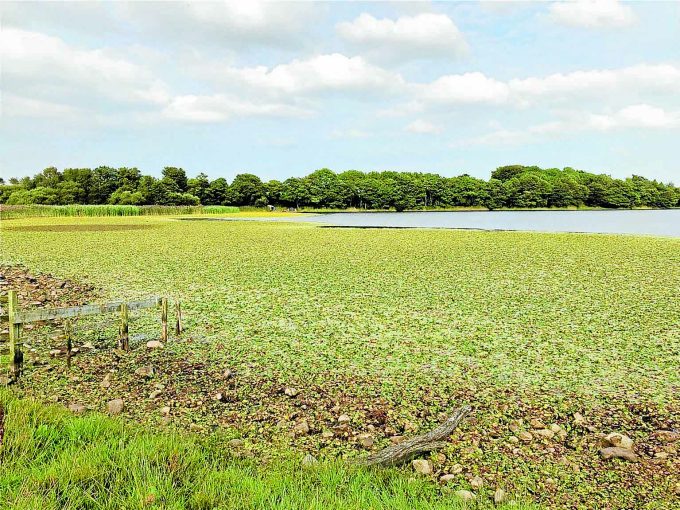
Speaking after the meeting, Mr Mundell said: “I understand the strength of feeling in the town and wider area about protecting this very precious place which is at risk of deteriorating further if there is not some careful intervention.
“When I was approached by local constituents I believed it was important to have all the official stakeholders on board so everyone can work together to improve and protect the Mill Loch in a co-ordinated way.
“It was evident that a loch management plan was required and I’m pleased that the organisations concerned have undertaken over the coming month to assess what they may be able to contribute.
“The Mill Loch, like the other lochs in the town, has a finely balanced biodiversity and ecosystem and it is important the correct steps are taken.”
There are also local concerns about small quantities of raw sewage reported in the loch after heavy rainfall and the presence of higher than normal levels for blue-green algae which can be a health hazard to people and animals, such as dogs.
Meanwhile, chairman of Lochmaben Community Council Colin Davidson has hailed the meeting a success.
And he said: “It seems that the Mill Loch is certainly high in the list of SSSI sites in Scotland but as such has to vie with more ‘high profile’ sites to get the attention it deserves.
“From that point of view, the meeting was a step forward to achieving that.”
It was agreed that the parties present would come together again, most likely in a virtual format, in one month to see what progress has been made.
But Colin added: “The main priority will be to tackle quick fix issues, such as the fringe lilies which have become a serious problem, affecting the loch bed and wildlife.
“Any work carried out in this respect will be short term but geared towards a longer term solution.
“There was certainly a suggestion that the community take on some of the work, which of course makes sense e.g working with the Barony on projects, trying to reduce littering and fouling by fishermen etc.
“This could be achieved by volunteers being active, and the community council providing support.
“Only time will tell if the outcomes are successful. The declared aim is to eventually reintroduce the vendace to Mill Loch.”





